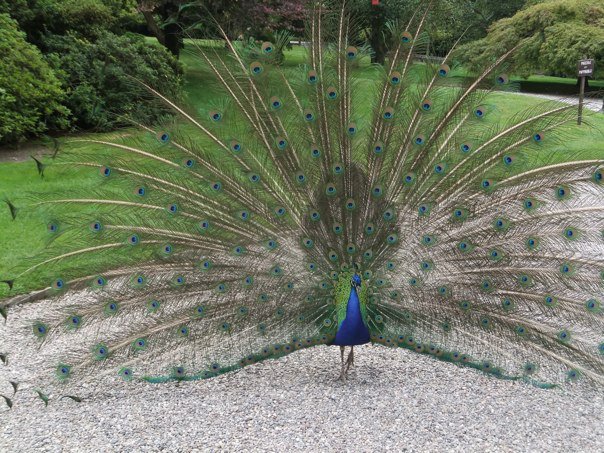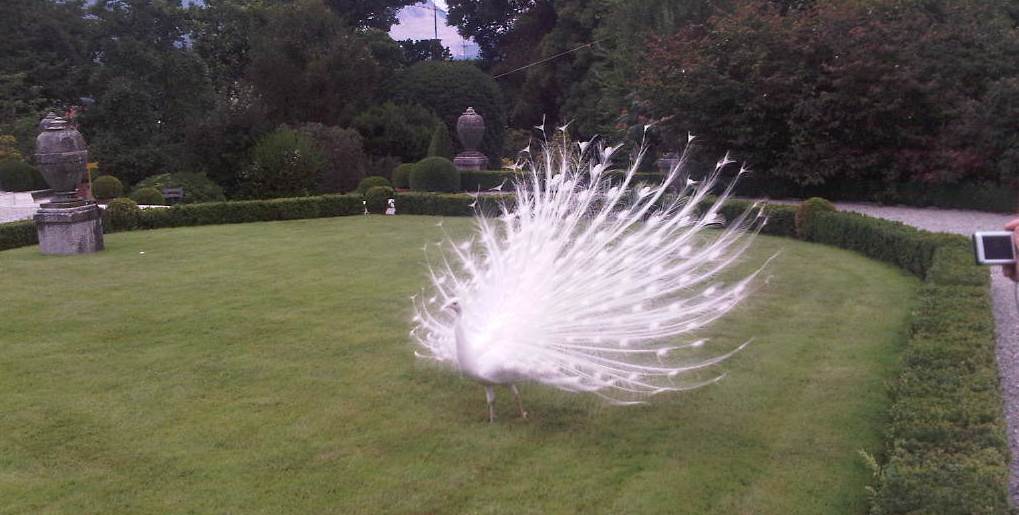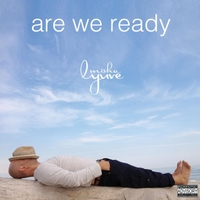blog > Posts tagged "Italy"
Aug 30, 2011
A peahen is the peacock’s female counterpart – I didn’t know it myself before writing this…
“What is essential is invisible to the eye.” — Antoine de Saint-Exupéry “The Little Prince”

Peacocks are arrogant showoffs. First, they will shamelessly have you beg them to open their trains and then they will stand in front of you demanding admiration. On the other hand, if I were that good-looking, I would probably behave the same way – thankfully god spared me.
If they were at least smart, but peacocks are really turkeys with glam. Taking advantage of their good looks, they became a subject of symbolism in different cultures - from good luck to eternal life. That’s a lot to carry. Especially when every fool wants a piece of you, or at least a feather.
And all that is fine, but wouldn’t one expect Mother Nature to be more practical? If the goal is survival, go run and hide with the tail that exceeds your body size. It’s like a supermodel running away from a serial killer in 7-inch heels… One would think that such inconveniences would lead to extinction.
My trip to Borromeo Islands on lake Maggiore in Italy, where peacocks and other exotic birds roam in glorious gardens, spiked these observations and curiosity. My research uncovered that while the whole world is fascinated with peacocks, the real power is in the hands of peahens, though maybe not exactly hands. Procreation happens to be more important than just survival, and it turned out that peahens have really high standards for their mates. So these plain looking creatures are the real source of the beauty. That’s what I call power.
As for the pictures, I was so busy running after peacocks, that I hardly paid attention to peahens.
So what have I learned from peahens? – Sit quietly, unnoticeably, and run the whole freaking show.

Aug 21, 2011


The un-tropical islands of Venice are pure contradiction. And all my time in Venice I couldn’t help but wonder – how do we make beauty accessible to the world and at the same time protect it from ourselves?
The combination of old buildings and bridges that are kept in just the right balance of being run-down and taken-care-of, interlaced with a one-of-a-kind maze of canals with a greenish hue and a subtle aroma – all together creating an experience of something perfectly charming and intoxicatingly irresistible. Go figure.
Overlay this charm with crowds of eager tourists and, complimenting their commercial urges, stores that sell everything from high fashion to fast food, tightly cramped into narrow streets and old building. My hotel host, a very very helpful woman, told me: “I came here because I love people – that’s my problem”. Indeed, it might be only “problematic” love for people that would have someone move to this zoo where locals slowly dwindle away and the ones that stay are hardly visible.


But how could I possibly stay indifferent to the romantic beauty of twilight reflections of old walls and wooden frames into the waters of canals or finding an unexpected quiet lonely piazza that managed to escape the curiosity of the mob? And how is is possible to share treasure without the sharing becoming detrimental to the treasure itself? (In case of Mona Lisa, they stuck it into a glass box – I am sure Leonardo da Vinci had something else in mind.)
Tired of all these grieves, Venice is sinking; or maybe the seas are rising; or both – there is a mystery to causes and effects that govern the world. In a desperate attempt to save the beauty, the MOSE Project is developing a system of flood gates, that are designed to block Venetian Lagoon from rising waters. So far the project has cost $7B and there is no agreement whether it will solve the problem and even if it does for how long. Should we continue exploiting Venice’s beauty or just let her peacefully go?
Jul 17, 2011
Northern Italy spoiled me with great food, though a New Yorker at heart, I thought – bring it on, surprise me. From touristy trattorias on busy corners to quiet osterias on piazzas impossible to find and everything in between. In gastronomical explorations of Northern Italy, I learned that there is a clear difference between really great food and a work of art.
Let’s start with the obvious: what makes an Italian meal really great are the recipes perfected for generations and high quality produce. But a work of art?
 Paolino Cesare, the owner of Ristorante da Cesari in Bologna, black truffles and hydrangeas In Bologna, the ”grasa” (fat) capital of Italy, Paolino Cesare, whose dad started Restaurante da Cesari in 1945, spent all his life in this place. I watched Paolino taking an order: it’s like a dance of seduction, psychotherapy and negotiation – matching customers’ wants to the choices of the restaurant’s delicacies and wines. And that is where art starts – it is personal.
 Tortellini in brodo, in best traditions of Bologna, mouth-watering, da Cesari, Bologna The second part of the art form comes from the integrity of its intent. There are businesses that happen to be restaurants – they could even serve a really great food, be impressive and memorable. But in the art of food, a restaurant is a restaurant that just happens to be a business. And that is turning into an old-fashioned idea.
So I want to scream to the whole world: rush to Bologna, visit da Cesari, because Paolino’s children are chosing different paths from their dad’s and maybe even in a few years from now this magic will not be around.
Or, maybe, you are the one to bring your form of art and magic into the lives of those around you?
 Sarde in saor (sardines in sour sauce), shamelessly scrumptious, Trattoria Rialto Novo, Venice
 - Buratta (a mozzarella-like cheese injected with heavy cream), perversely decadent, at Antica Bottega del Vino, Verona
|

















 Family stories hold keys to past in special ways. They make history into more than just textbooks, but vivid alive experiences passed through the words of people we know and love. They allow us to honor the past in a way that forwards the future...
As Elena continues with her speech, I get a vivid glimpse into the universal flow of kindness - American philanthropists a century ago, women
Family stories hold keys to past in special ways. They make history into more than just textbooks, but vivid alive experiences passed through the words of people we know and love. They allow us to honor the past in a way that forwards the future...
As Elena continues with her speech, I get a vivid glimpse into the universal flow of kindness - American philanthropists a century ago, women

